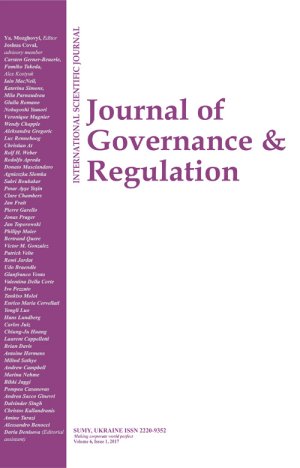
HARAMBEE NARRATIVES: A RHETORICAL FRAMING OF THE KENYAN TRADE UNION MOVEMENT
Download This ArticleAbstract
This paper analyses discourse on trade unionism contained in the coverage of Labour Day (May 1) celebrationsinone leading Kenyan daily national newspaper, The East African Standard, from 1966 to 2013. I assess slightly over fortyarticles qualitativelyusing rhetorical criticism. This is done by looking at topics addressed, characterizations of unions as well as major actors such as union leaders, workers, and political leaders. I chose rhetoricalcriticism of a news media corpusin order to explore how diverse power relations have been transformed into mechanisms that keep the Kenyan labour movement tolerable to the government of the day. The research identifies themes surfaced by and in the news coverage. The paper shows how diverse power relations are colonized and articulated into more general mechanisms that keeps the industrial population governable with minimal disruptions.
Keywords: Kenya, Trade Union Movement, Textual Analysis, Rhetorical Criticism, Political Discourse
How to cite this paper: Miruka, C. O. (2015). Harambee narratives: A rhetorical framing of the Kenyan trade union movement. Journal of Governance and Regulation, 4(3-2), 277-287. https://doi.org/10.22495/jgr_v4_i3_c2_p10



















